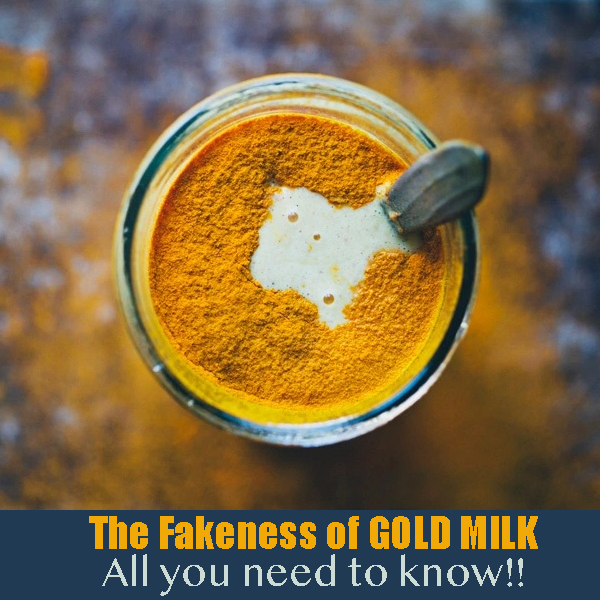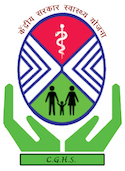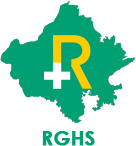Srotas
Srotas definition is given by Sushruta first of all. According to Sushruta- “The channels, which are widely spread in all the spaces (Intra, Inter and Extra- cellular spaces) of the body, where circulation (Transportation) of the fluid occurs irresistibly and continuously are known as Srotas. These are different from the arteries and veins.” From this definition it is clear that Srotas are different from veins and arteries and are widely spread all over the body
Srotas are the systems that carry or circulate the Doshas and tissues (Dhatu) or their elements to the various organs. During this process of circulation the Dhatu are transformed from the first to the last tissue layer (rasa through Shukra). Each Dhatu has two aspects: nutrition for its own tissue layer, and sustenance for the next developing Dhatu. Srotas micro channels are not only responsible for the dispensing of the food to different tissues and cellular systems of the body but also involved in removal of the waste products.
To understand the concept of Srotas the best example is our house. There are generally (always) two types of ducts in a well planned house- one system is responsible for the carrying of fresh water inside the house and second is to remove the waste products- supply and sanitation system. Think, if any of these systems will occlude to some reasons what will happen. It will only cause DIS-EASE! The same is the concept of Srotas in Ayurveda. As Ayurveda is an applied science so this system’s proper working indicates towards ease, towards health and when this transport system of the body is not working properly it shows dis-ease or disease!
All the synonyms above are indicating towards transport system of the body. But the transport system, we are considering is very subtle in nature basically. This system is responsible for the nutritional exchange and transportation and is deeply associated with the tissues.
Number of the ducts and transport system cannot be counted because this is incalculable.
| Srotas | Root of the Srotas |
| Prana Vaha | Hrudya (Heart) and Maha Srotas (Digestive system) |
| Udaka Vaha | Talu (Palate) and Kloma (throat) |
| Anna Vaha | Aamashaya (Stomach) and Vama Parshva (Left lateral region of abdomen) |
| Rasa Vaha | Hrudya (Heart) and Dasha Dhamanies (Ten Greater blood vessels of heart) |
| Rakta Vaha | Yakruta (Liver) and Pleeha (Spleen) |
| Mamsa Vaha | Snayu (Ligaments) and Twak (Skin) |
| Medo Vaha | Vrukka (Kidneys or Suprarenal Glands) and Vapavahan (Apron like fatty layer covering all the organs of abdomen) |
| Asthi Vaha | Meda and Thigh Region |
| Majja Vaha | Joints and Bony Cavities |
| Shukra Vaha | Vrushana (Testis) and Shefa (Penis) |
| Sweda Vaha | Meda and hair follicles |
| Mutra Vaha | Basti (Urinary Bladder) and Vankshana (Groin region) |
| Purisha Vaha | Pakwashaya (Large intestine) and Sthoola Guda (Upper part of anus) |
Roots of the Srotas:
| Srotas | Root of the Srotas |
| Prana Vaha | Rasa Vahini Dhamanies (Arteries carrying Rasa) |
| Udaka Vaha | Talu (Palate) and Kloma (throat) |
| Anna Vaha | Aamashaya (Stomach) and Annavahini Dhamanies (Blood vessels carrying the resultant of digestion of food – the nutritive sap) |
| Rasa Vaha | Hrudya (Heart) and Rasa vahini Dhamanies (Arteries carrying Rasa) |
| Rakta Vaha | Yakruta (Liver), Pleeha (Spleen) and Raktavahini Dhamanies (Greater Arteries of body) |
| Mamsa Vaha | Snayu (Ligaments), Twak (Skin) and Raktavahini Dhamanies (Arteries carrying blood to deeper levels of muscles) |
| Medo Vaha | Kati (Lumbar region/Low Back/) and Vrukka (Kidneys and Supra renal glands) |
| Shukra Vaha | Stana (Mammary Glands/Breast) and Vrushana (Testis) |
| Mutra Vaha | Basti (Urinary Bladder) and Medhra (Penis) |
| Purisha Vaha | Pakwashaya (Large Intestine) and Guda (Anus) |
| Aartava Vaha | Garbhashaya (Uterus) and Aartava vahi Dhamanies (Fallopian tubes ) |














